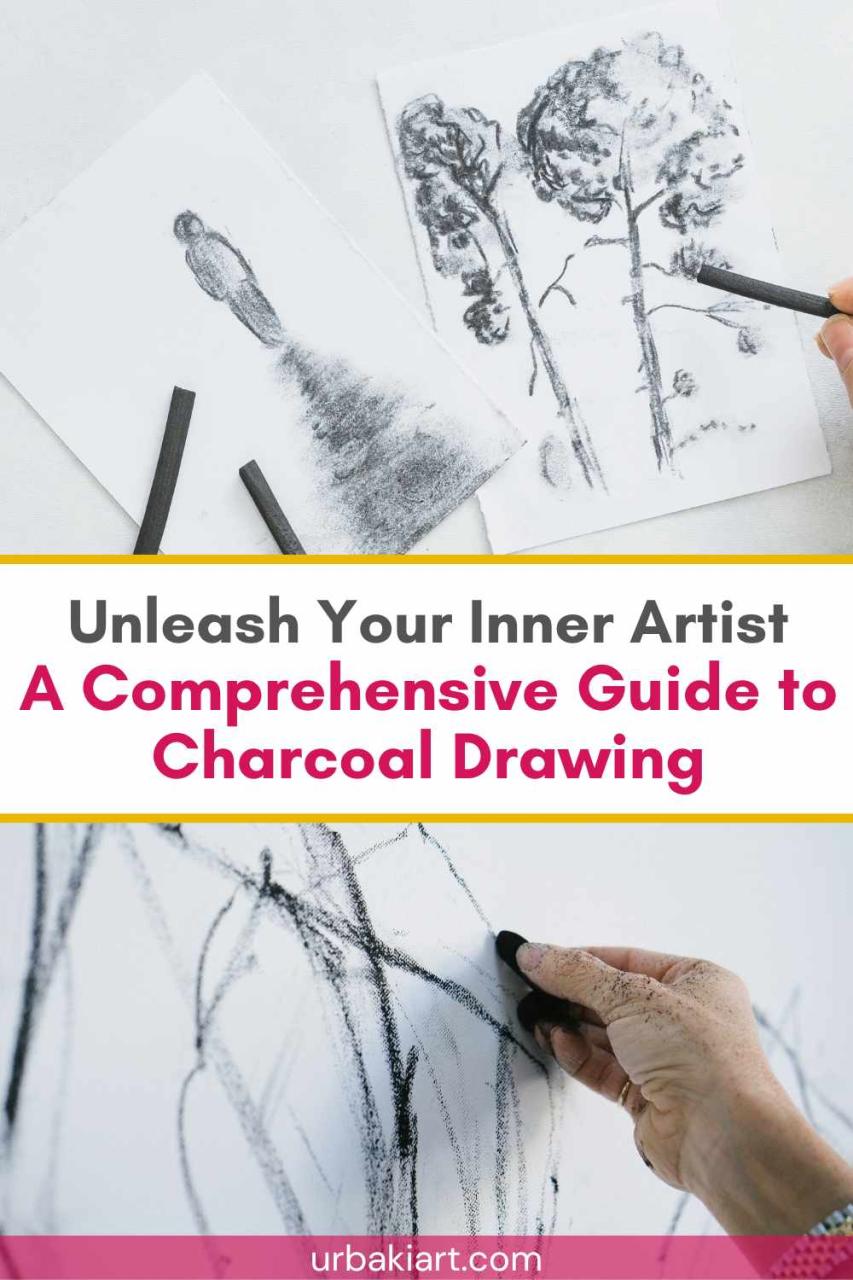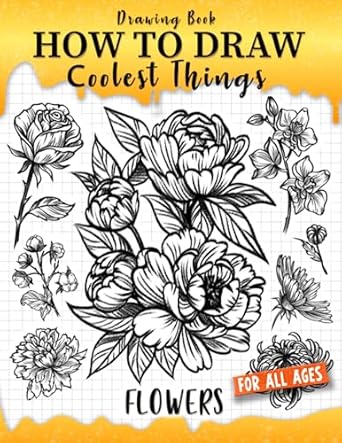With enthusiasm, let’s navigate through the intriguing topic related to Unleashing Your Inner Artist: A Beginner’s Guide to Drawing. Let’s weave interesting information and offer fresh perspectives to the readers.
Introduction
Unleashing Your Inner Artist: A Beginner’s Guide to Drawing

Hey there, budding artists! Welcome to the exciting world of drawing! I’m your friendly neighborhood art teacher, here to guide you on a journey of creativity and self-expression. Whether you’re a complete beginner or just need a refresher, we’ll explore the fundamentals of drawing together, step-by-step.
Before we dive in, tell me a bit about yourself:
- What are your goals for learning to draw? Do you want to create beautiful sketches, learn to draw portraits, or perhaps explore different art styles?
- What kind of drawing experience do you have? Are you completely new to drawing, or have you dabbled in the past?

Knowing your goals and experience will help me tailor this journey to your needs.
Now, let’s start with the basics:
1. The Power of Observation:
Drawing is all about capturing what you see. Think of yourself as a detective, meticulously observing every detail. Start by looking closely at the objects around you. Notice the shapes, lines, textures, and shadows.

Here’s a fun exercise:
- Find a simple object like a fruit, a cup, or a book.
- Place it in front of you and observe it carefully.
- Try to break down the object into basic shapes. For example, a cup might be a cylinder with a handle.
- Focus on the light and shadow patterns on the object.
- Don’t worry about perfection; just focus on seeing and recording what you see.

2. Getting to Know Your Tools:
- Pencils: These are your best friends for sketching and shading. Experiment with different lead grades (like HB, 2B, 4B) to find your favorites. Softer leads create darker lines, while harder leads create lighter lines.
- Paper: Use smooth paper for sketching and drawing, and textured paper for more expressive effects.
- Erasers: Don’t be afraid to make mistakes! Erasers are your allies in correcting and refining your drawings.
- Sharpener: Keep your pencils sharp for precise lines and details.


3. Mastering the Lines:
- Straight lines: Practice drawing straight lines by connecting two points. Focus on keeping your hand steady and your lines smooth.
- Curved lines: Curved lines are the backbone of many drawings. Start with simple curves and gradually work towards more complex shapes.
- Contour lines: These lines define the edges of objects. Practice drawing the outline of simple objects like fruits or toys.
- Hatching and Cross-Hatching: These techniques use lines to create shading and texture. Experiment with different line directions and densities to achieve various effects.
4. Building Confidence with Shapes:
- Basic shapes: Practice drawing circles, squares, triangles, and rectangles. These are the building blocks of more complex drawings.
- Geometric shapes: Explore drawing cubes, spheres, cylinders, and cones. These shapes help you understand perspective and volume.
- Organic shapes: These are free-flowing and irregular shapes found in nature, like leaves, flowers, and animals. Practice drawing these shapes by observing real objects.
5. Adding Depth with Perspective:
Perspective makes your drawings look realistic by showing how objects appear smaller and farther away.
- One-point perspective: This technique uses a single vanishing point to create the illusion of depth. Practice drawing simple objects like boxes or houses using this technique.
- Two-point perspective: This technique uses two vanishing points to create a more complex perspective. Practice drawing scenes with multiple objects using this technique.
6. The Art of Shading:
Shading adds depth, texture, and realism to your drawings.
- Value scale: This is a range of grays from white to black. Practice creating a value scale by blending your pencil strokes to achieve different shades of gray.
- Chiaroscuro: This technique uses light and shadow to create the illusion of form. Practice shading simple objects like spheres or cubes to understand how light and shadow interact.
- Blending: Use your finger, a blending stump, or a cloth to soften your pencil strokes and create smooth transitions between shades.
7. Drawing from Imagination:
Once you’ve mastered the basics, you can start drawing from your imagination. This is where your creativity truly shines!
- Start with simple ideas: Draw a creature you imagine, a fantastical landscape, or a dream you had.
- Don’t be afraid to experiment: Try different art styles, use bold colors, and let your imagination run wild.
8. Embrace the Journey:
Drawing is a lifelong journey of learning and exploration. Don’t be discouraged if your drawings don’t look perfect right away. The key is to keep practicing, experimenting, and having fun!
Now, let’s talk about the benefits of drawing:
- Boosts creativity: Drawing allows you to express your unique ideas and visions.
- Improves observation skills: Drawing forces you to pay attention to detail and see the world in new ways.
- Enhances problem-solving skills: Drawing requires you to think critically and find solutions to visual challenges.
- Reduces stress and anxiety: The act of drawing can be very relaxing and therapeutic.
- Builds confidence: As you improve your drawing skills, you’ll gain a sense of accomplishment and pride in your abilities.
Frequently Asked Questions (FAQs):
1. What if I’m not good at drawing?
Don’t worry! Everyone starts somewhere. The key is to practice regularly and not be afraid to make mistakes. Remember, drawing is about the journey, not the destination.
2. How often should I practice?
Aim for at least 15-30 minutes of drawing each day. Even a little bit of practice goes a long way.
3. What should I draw?
Draw anything that inspires you! Start with simple objects, then move on to more complex subjects. Don’t be afraid to experiment with different styles and techniques.
4. How can I improve my drawing skills?
Practice, practice, practice! Also, take online courses, watch drawing tutorials, and join a drawing group. Surround yourself with other artists and learn from their experiences.
5. What are some good resources for learning to draw?
There are many great resources available online and in libraries. Check out websites like Skillshare, YouTube channels like Proko, and books by artists like Andrew Loomis and Scott Robertson.
I hope this guide has inspired you to pick up a pencil and start drawing! Remember, the most important thing is to have fun and enjoy the process. Happy drawing!
Now, tell me, what specific questions do you have about drawing? I’m here to help you on your artistic journey!

Thus, we hope this article has provided valuable insights into Downloads Unleashing Your Inner Artist: A Beginner’s Guide to Drawing. We appreciate your attention to our article. See you in our next article!
 apapunada.my.id News Bisnis Technology Tutorial
apapunada.my.id News Bisnis Technology Tutorial